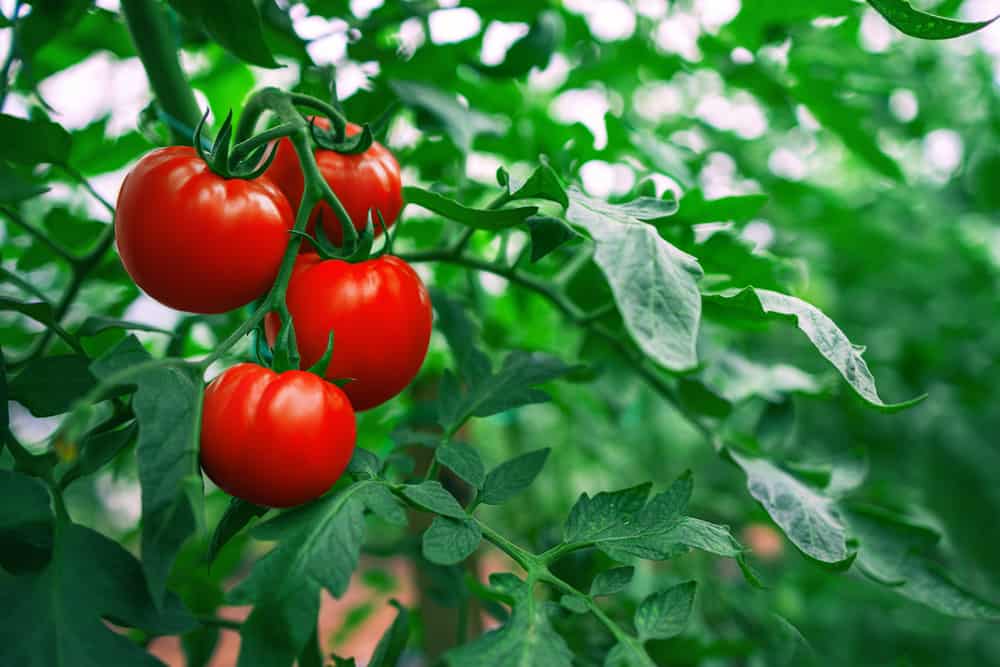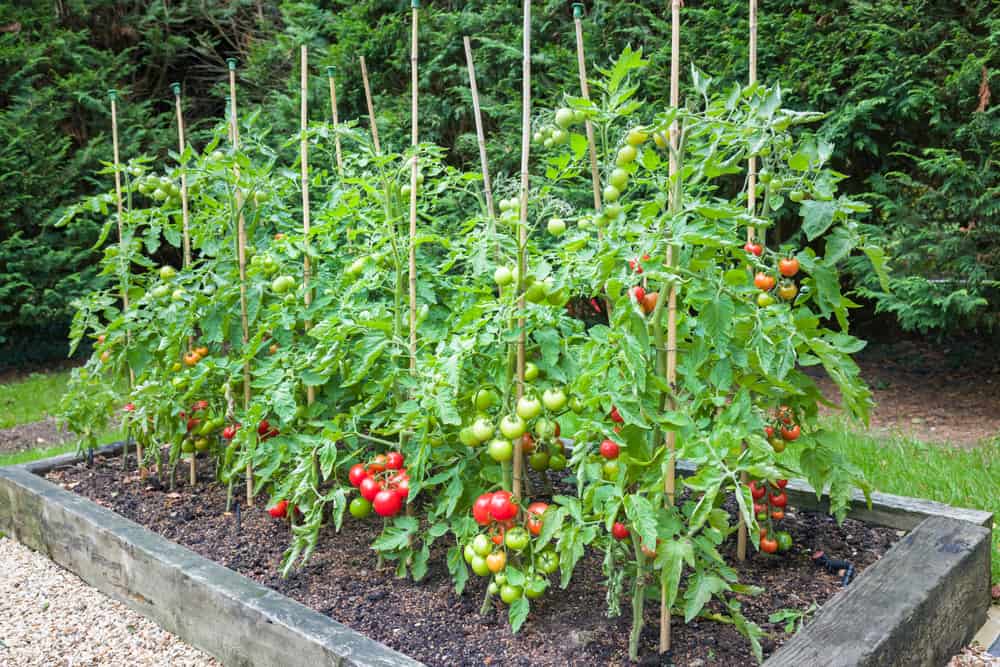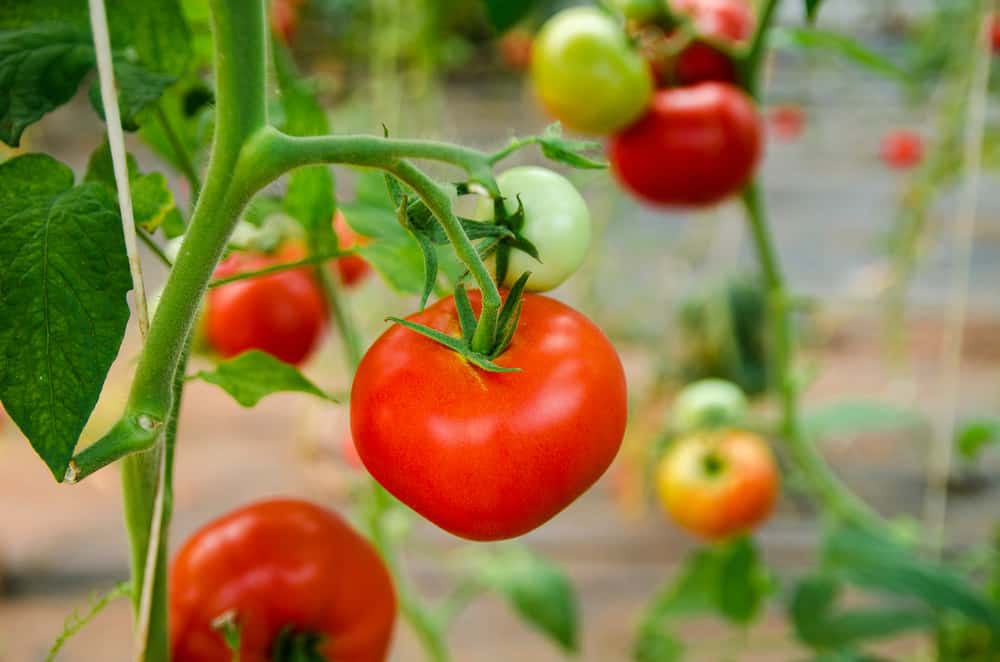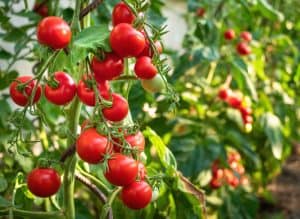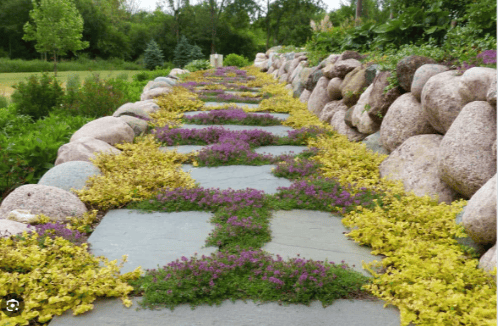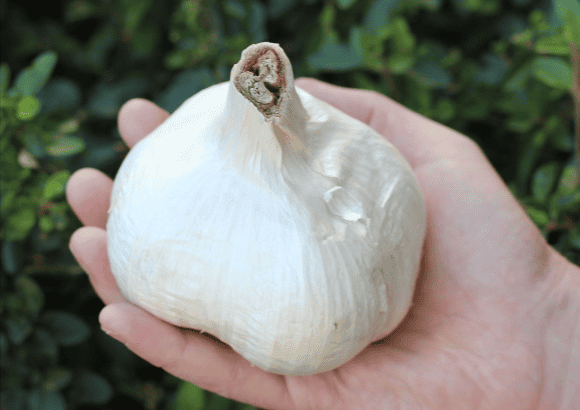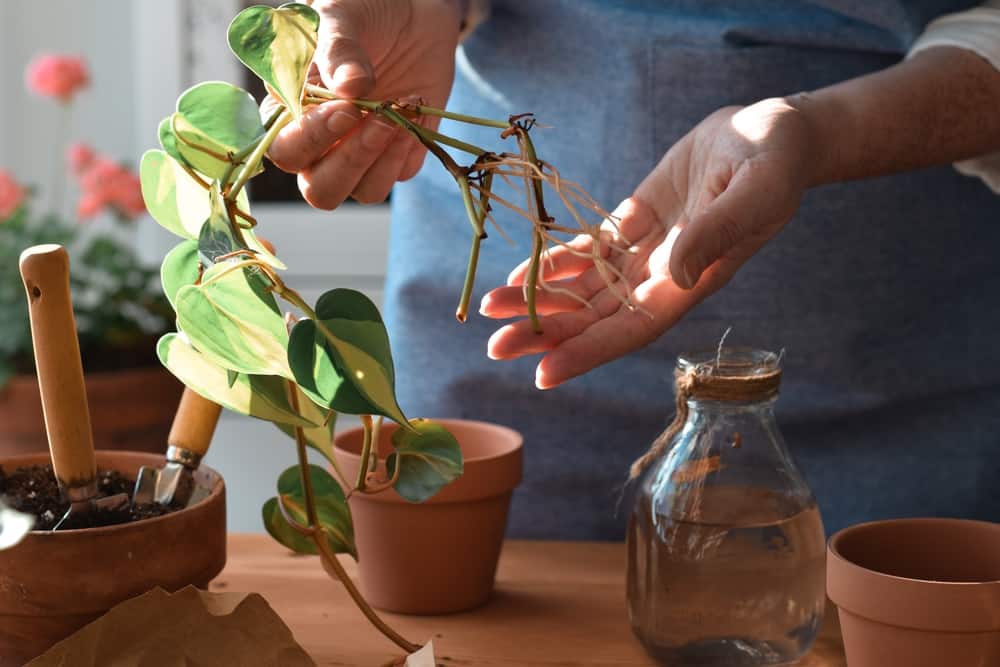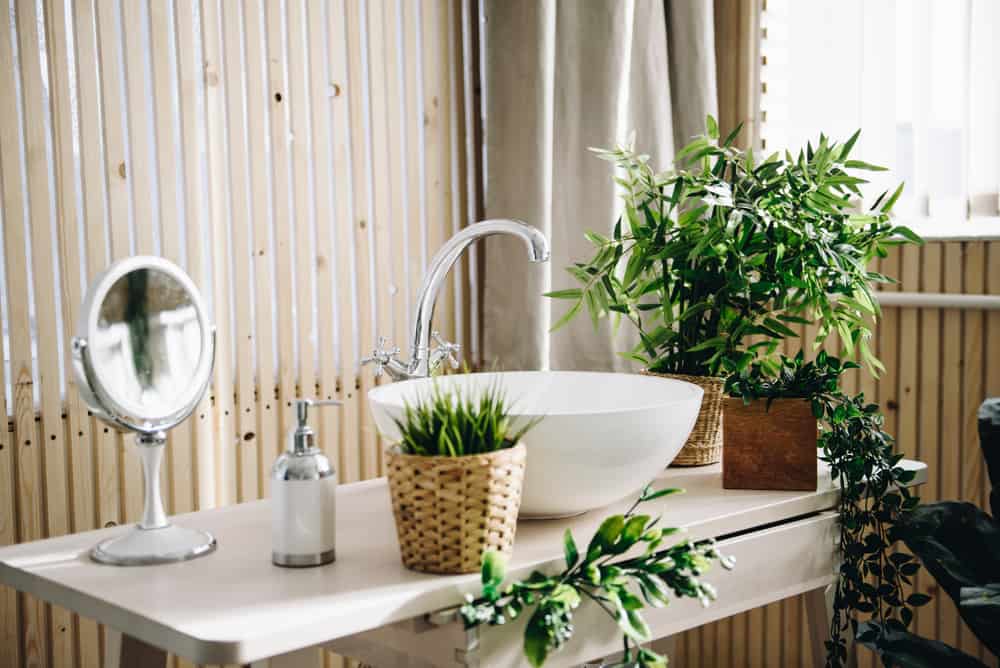Tomatoes are a relatively easy-to-grow plant and make an optimal choice for both beginner and veteran gardeners. Seeds can be started indoors or outdoors and there are plenty of different varieties to choose from.
They can be added to so many dishes and some even mature relatively quickly.
With so many options comes a lot of questions.
But when given the proper care…
Tomatoes produce a bountiful harvest.
How Far Apart to Plant Cherry vs. Roma Tomatoes
There are thousands of different kinds of tomato plants. Each requires its own unique approach to planting and gardening.
But when it comes to spacing…
There is only one factor to consider.
Determinate and indeterminate tomato plants require different planting methods. Cherry tomatoes can come in both determinate and indeterminate varieties. It’s important to know which you are growing so you can provide it with the proper conditions to thrive.
Determinate cherry tomatoes will produce a lot of fruit all at once and stop growing. Indeterminate cherry tomatoes will grow taller and taller, yielding more tomatoes as they continue to grow. Micro dwarf cherry tomatoes are typically determinate.
Space them 6 to 12 inches apart as they will grow that tall and wide.
If you’re dealing with the indeterminate variety, you need to give them more space as they take up additional room with their vines. If you’re growing them caged, leave 4 to 5 feet between the rows and 2 to 3 feet between plants.
Indeterminate cherry tomatoes can also thrive in hanging baskets.
Roma tomatoes are determinate plants, meaning all their fruit is set at once. They stop growing as soon as they produce flowers that flourish at the tips of their stems. These flowers become fruit and can be harvested together.
Since Roma tomatoes are determinate and have more of a compact, bush-like appearance, their spacing differs from cherry tomatoes.
Roma tomatoes should be spaced 1 to 2 feet apart. If these plants are being grown in raised beds or gardens, you should leave a comfortable 4 feet of space between the rows.
What is the Best Time to Plant Tomatoes?
Tomatoes are warm weather plants, and your geographical location and weather patterns will help determine when you should begin planting. Most tomatoes need around 100 days to fully mature, so you want to get an early start and ensure they have enough time.
When overnight temperatures consistently stay above 50 degrees Fahrenheit, you can begin planting your tomatoes.
Late frosts can kill the plant, and they will not grow below that 50-degree temperature threshold.
Soil temperature can also be another indicator of when you can safely plant your tomatoes outside. The ideal soil temperature is around 60 degrees Fahrenheit and can be measured with a soil thermometer.
However…
If you don’t have one of those handy, you can try putting your finger in the soil. If it starts to feel too uncomfortable before a minute goes by, then the soil is likely too cold.
In most locations, late spring and early summer is when tomatoes are typically ready to be planted.
What Not to Plant With Tomatoes
Some plants make for terrible neighbors for your tomatoes. There are specifc plants that make for great companions, but others are completely incompatible.
Here are some examples of vegetables that you shouldn’t plant with tomatoes.
- Cabbage — All relatives of the cabbage family need to stay far away from your tomatoes. Cabbage will inhibit tomatoes’ growth and steal valuable nutrients from their soil.
- Corn — Corn attracts a specific pest that can be detrimental to your tomatoes’ well-being. Placing these two nearby will create a breeding ground that can destroy both crops.
- Eggplant — Both eggplants and tomatoes are susceptible to early and late blight. When they’re too close together, growth can be negatively impacted.
- Fennel — Fennel doesn’t get along with most plants or vegetables. Their roots will also inhibit your tomatoes’ growth.
Best Things to Plant Next to Tomatoes
Now that you know what to keep away from your tomatoes, you can focus on what’s okay to keep around.
- Marigold — Marigold keeps insects away from your tomatoes and even attracts beneficial pollinators. Their strong scent confuses and deters potential pests.
- Basil — Basil can actually help repel harmful pests from your tomato plants. Their strong smell keeps away flies and hornworms — and some say planting the two near each other even improves their flavor.
- Garlic — Spider mites can be a big issue. Luckily, garlic is said to repel them, along with other pests.
- Carrot — Parasitic wasps can help keep hornworms under control. Carrots attract these wasps, which in turn helps out your tomatoes.
How Deep Should I Plant Tomatoes?
Tomatoes rely on their root system to thrive. Tomatoes can absorb more water and nutrients with more roots. With this in mind, you should be planting your tomatoes deep in the soil, so that around ⅔ of the plant is underground.
Their roots are adventitious, so they can grow more roots along the stem wherever they are buried. The height of your tomato plant will ultimately let you know how deep to make the hole.
Happy planting!
